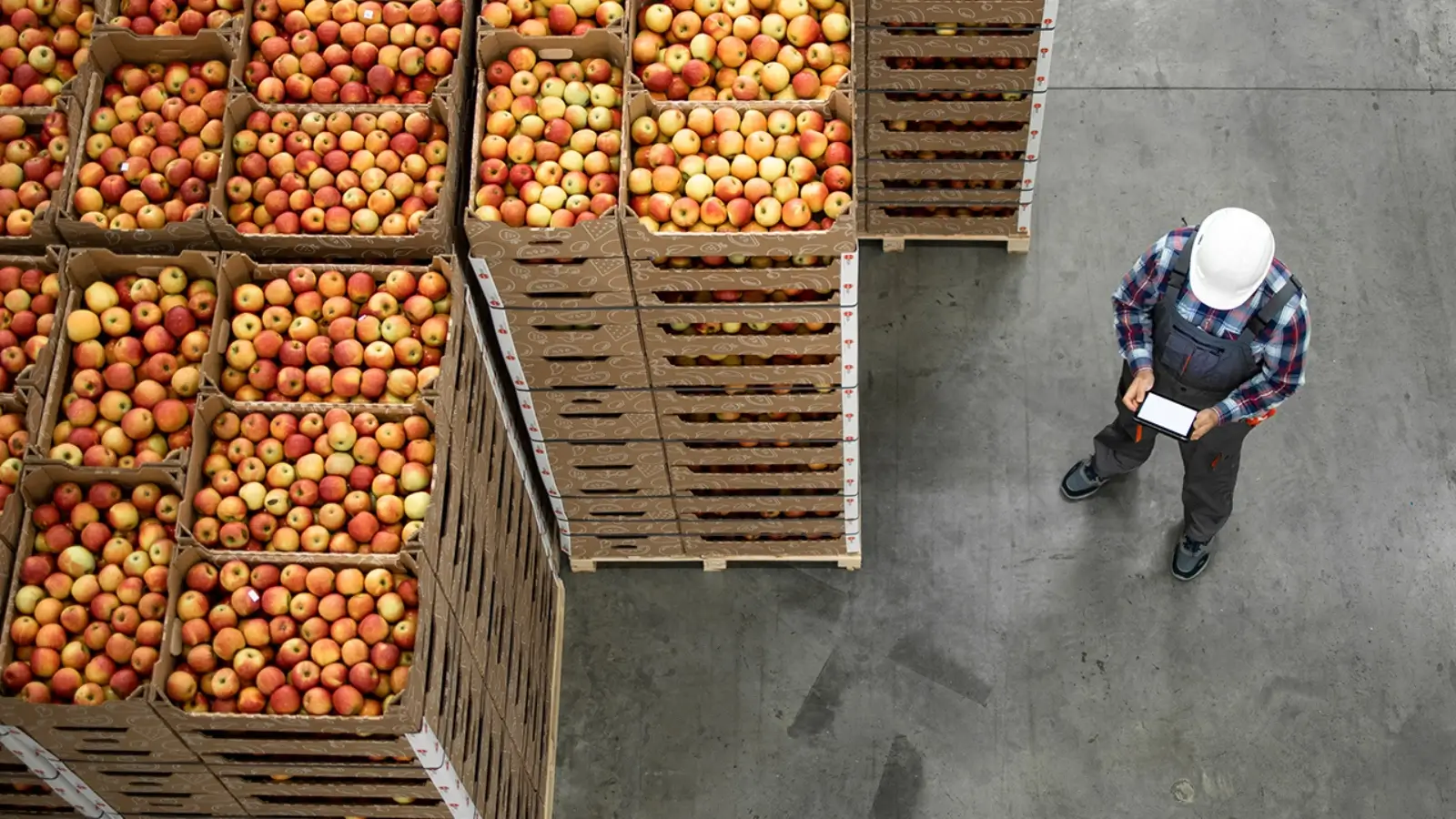


Seasonal changes in food production and consumption present ongoing challenges for supply chain operations. As harvests peak or consumer demand rises, logistics providers must quickly adapt — expanding warehouse space, transportation capacity, and workforce resources to keep goods moving efficiently. But seasonality affects more than just volume. It drives fluctuations in packaging needs, temperature control requirements, and fulfillment timing. Without thoughtful planning, these cyclical pressures can disrupt performance, creating inefficiencies that take time and resources to correct.
Temperature-sensitive products — including fresh produce, dairy, and meat — demand strict cold chain integrity throughout storage and distribution. Even minor temperature deviations can lead to spoilage, product loss, and wasted capacity further down the line. Maintaining consistent refrigeration requires significant investment in monitoring systems, backup power, and contingency plans that minimize risk during high-volume periods.
Cold chain success also relies on coordination across multiple stakeholders — from growers and processors to shippers and retailers. Each link in the chain plays a part in protecting product quality and ensuring compliance with safety standards. As consumer expectations for freshness continue to climb, reliable cold chain execution has become both a logistical necessity and a defining measure of competitiveness in the food industry.
When seasonal crops come in, speed and precision become essential. Fresh goods must move rapidly from harvest to processing to distribution, often within narrow timeframes. This creates pressure on packaging operations, storage space, and inventory management systems. Bottlenecks can form quickly if goods linger too long in staging areas or if facilities lack the flexibility to handle varying product types and volumes.
The solution lies in real-time visibility and agile process design. Advanced tracking tools and warehouse management systems help synchronize product flow, optimize space usage, and minimize waste. With stronger data insight, logistics teams can shift from reactive problem-solving to proactive planning — ensuring that inventory moves efficiently and continuously through the network.
Seasonal surges also test the human side of logistics. Higher production and shipping volumes require additional workers for handling, inspection, and fulfillment tasks. Recruiting, training, and managing temporary or specialized staff at the right moment adds both complexity and cost.
Strategic workforce planning is key. Building flexible staffing models, cross-training employees, and leveraging labor analytics allow organizations to scale effectively without sacrificing productivity or quality. Providers who plan for workforce peaks as carefully as for physical capacity are better equipped to handle seasonal swings.
Seasonal operations also bring heightened exposure to risk — from weather disruptions and transportation delays to unpredictable shifts in demand. Proactive contingency planning helps mitigate these threats before they affect performance. Maintaining buffer inventory, identifying alternative routes, and establishing rapid-response protocols can help keep products moving even under pressure.
The most resilient supply chains treat seasonality as a recurring challenge to be managed strategically rather than a temporary disruption. When risk management becomes an integrated part of planning, it builds stability, reduces waste, and enhances customer confidence across the network.
Seasonal fluctuations are inevitable, but they don’t have to be disruptive. With the right combination of technology, visibility, and proactive management, supply chains can meet seasonal surges with speed and precision. This approach not only minimizes waste and delays but also strengthens relationships between growers, distributors, and consumers.
By anticipating seasonal demands and investing in flexible, data-driven systems, logistics providers can transform a source of volatility into a driver of resilience — ensuring that fresh, high-quality food reaches consumers year-round.
For additional insights into managing seasonal logistics and demand cycles, explore the companion resource from Murphy Logistics, a contract warehousing company.